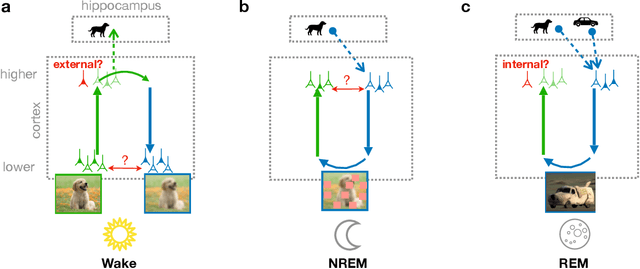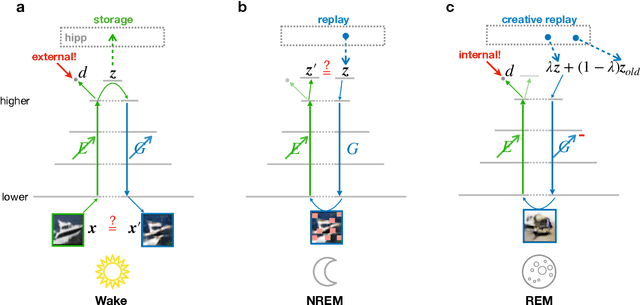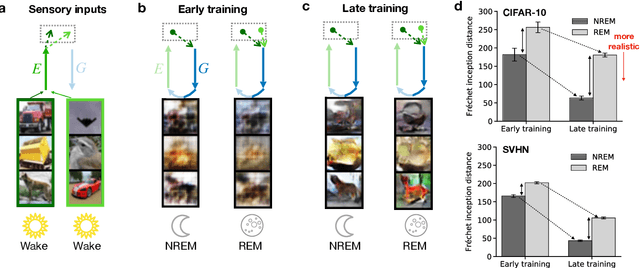Nicolas Deperrois
RadVLM: A Multitask Conversational Vision-Language Model for Radiology
Feb 05, 2025



Abstract:The widespread use of chest X-rays (CXRs), coupled with a shortage of radiologists, has driven growing interest in automated CXR analysis and AI-assisted reporting. While existing vision-language models (VLMs) show promise in specific tasks such as report generation or abnormality detection, they often lack support for interactive diagnostic capabilities. In this work we present RadVLM, a compact, multitask conversational foundation model designed for CXR interpretation. To this end, we curate a large-scale instruction dataset comprising over 1 million image-instruction pairs containing both single-turn tasks -- such as report generation, abnormality classification, and visual grounding -- and multi-turn, multi-task conversational interactions. After fine-tuning RadVLM on this instruction dataset, we evaluate it across different tasks along with re-implemented baseline VLMs. Our results show that RadVLM achieves state-of-the-art performance in conversational capabilities and visual grounding while remaining competitive in other radiology tasks. Ablation studies further highlight the benefit of joint training across multiple tasks, particularly for scenarios with limited annotated data. Together, these findings highlight the potential of RadVLM as a clinically relevant AI assistant, providing structured CXR interpretation and conversational capabilities to support more effective and accessible diagnostic workflows.
Learning beyond sensations: how dreams organize neuronal representations
Aug 03, 2023


Abstract:Semantic representations in higher sensory cortices form the basis for robust, yet flexible behavior. These representations are acquired over the course of development in an unsupervised fashion and continuously maintained over an organism's lifespan. Predictive learning theories propose that these representations emerge from predicting or reconstructing sensory inputs. However, brains are known to generate virtual experiences, such as during imagination and dreaming, that go beyond previously experienced inputs. Here, we suggest that virtual experiences may be just as relevant as actual sensory inputs in shaping cortical representations. In particular, we discuss two complementary learning principles that organize representations through the generation of virtual experiences. First, "adversarial dreaming" proposes that creative dreams support a cortical implementation of adversarial learning in which feedback and feedforward pathways engage in a productive game of trying to fool each other. Second, "contrastive dreaming" proposes that the invariance of neuronal representations to irrelevant factors of variation is acquired by trying to map similar virtual experiences together via a contrastive learning process. These principles are compatible with known cortical structure and dynamics and the phenomenology of sleep thus providing promising directions to explain cortical learning beyond the classical predictive learning paradigm.
Memory semantization through perturbed and adversarial dreaming
Sep 09, 2021



Abstract:Classical theories of memory consolidation emphasize the importance of replay in extracting semantic information from episodic memories. However, the characteristic creative nature of dreams suggests that memory semantization may go beyond merely replaying previous experiences. We propose that rapid-eye-movement (REM) dreaming is essential for efficient memory semantization by randomly combining episodic memories to create new, virtual sensory experiences. We support this hypothesis by implementing a cortical architecture with hierarchically organized feedforward and feedback pathways, inspired by generative adversarial networks (GANs). Learning in our model is organized across three different global brain states mimicking wakefulness, non-REM (NREM) and REM sleep, optimizing different, but complementary objective functions. We train the model in an unsupervised fashion on standard datasets of natural images and evaluate the quality of the learned representations. Our results suggest that adversarial dreaming during REM sleep is essential for extracting memory contents, while perturbed dreaming during NREM sleep improves robustness of the latent representation to noisy sensory inputs. The model provides a new computational perspective on sleep states, memory replay and dreams and suggests a cortical implementation of GANs.
 Add to Chrome
Add to Chrome Add to Firefox
Add to Firefox Add to Edge
Add to Edge